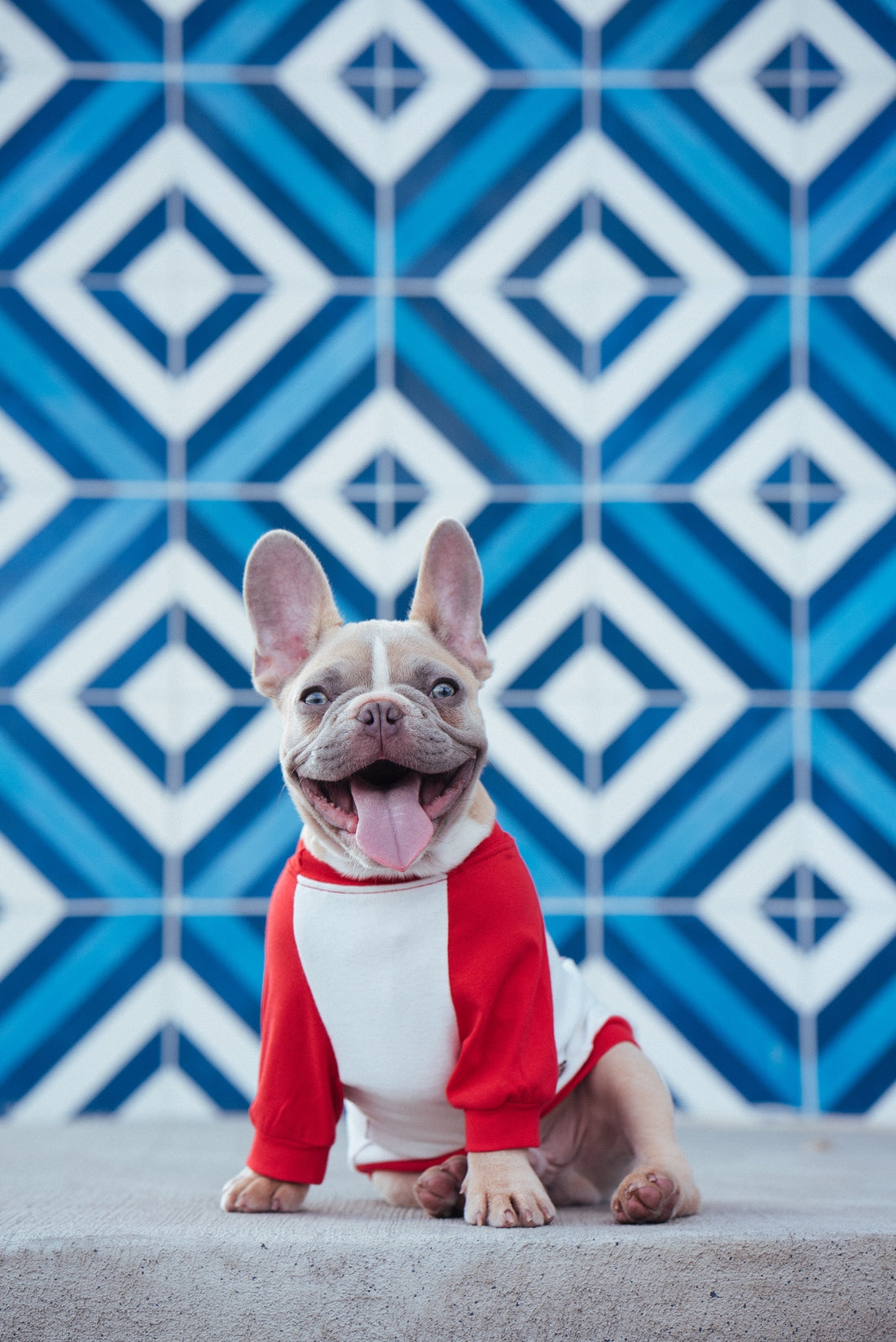
Dog Cone Alternatives for Open Wounds
Sometimes dogs get scuffed up. In fact, the more active and athletic the dog, the better the chance there could be some kind of injury at some point in his life.
Often those injuries take the form of an abrasion or open wound. Other times it could be something that requires surgery, which then leaves an incision wound of some kind. Or maybe it’s just a good, old-fashioned hotspot — especially during the heat of flea season.
Regardless, when there’s an open wound somewhere on your dog’s body that needs to heal, the biggest challenge is often keeping your dog away from it. Dogs will often lick themselves to manage a problem, but that licking can further irritate a wound. As it heals, it may itch — which could mean more licking or even scratching and chewing.
The point is: For the wound to properly heal, your dog needs to leave it alone. But good luck reasoning with your dog when he’s obsessed with licking something.
Most pet owners at this point resolve to get one of those plastic dog cones that can be aptly nicknamed “the cone of shame.” While they may help in some cases, in other cases dogs may figure out a way to reach the wound anyway. And of course, we’ve never met a dog who seems to enjoy wearing a dog cone.
So what’s the alternative? Instead of attempting to keep your dog’s head away from the wound, try to keep the wound away from your dog’s head. Do this by covering it up.
How you cover up your dog’s wound will depend on where the wound is on his body.
Torso
If your dog’s wound is somewhere along its back, ribs or general torso area, a compression shirt like a Surgi-Sox from DogLeggs can provide coverage for most of these areas. It can be paired up with a comfortable harness or brace like the WiggleLess Back Brace to help keep it in place. If your dog’s wound includes a musculoskeletal injury, a back brace may help add extra support — but check with your dog’s vet first.
Legs
For wounds on your dog’s legs, there are wraps and socks designed for these kinds of unwanted licking situations. Find a wrap you can adjust and remember not to tighten it too much to avoid restricting circulation. You should be able to place a couple of fingers underneath the wrap when it is secured.
Paws
Perhaps the most challenging of wound spots are the paws. They are easy for your dog to reach and often a source of licking even on good days. Plus if the wound is on the paw pad, the simple act of walking can become an aggravation and slow the wound-healing process. MediPaw boots are ideal for these situations. Find ones that are non-slip, especially if you have hard floors. They’ll also come in handy in very cold weather, like snow, as well as for rough, outdoor terrain.
(Photo by Karsten Winegeart on Unsplash)
